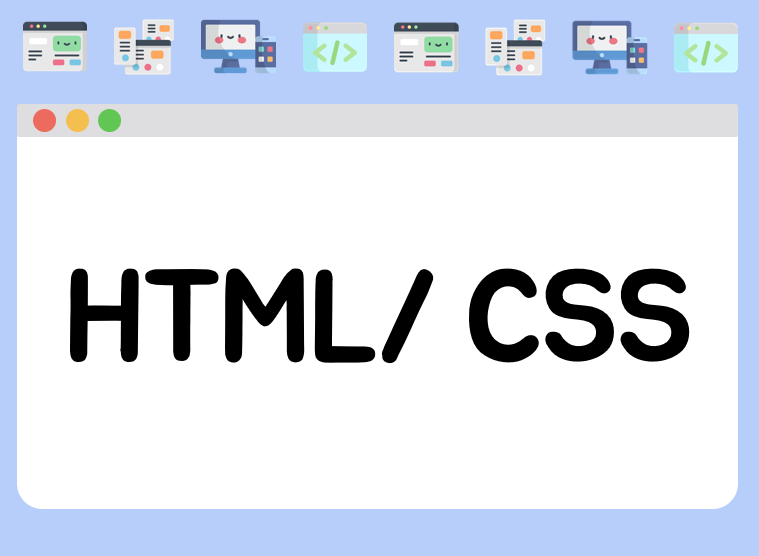!DOCTYPE html & html & head & title tag
-
!DOCTYPE html, the declaration specifying the version of HTML for the browser
-
The html tags that enclose all of your HTML code
-
The head tag that contains the metadata of a webpage, such as its title
a tag
- You can add links to a web page by adding an anchor element a and including the text of the link in between the opening and closing tags.
- The anchor element in the example above is incomplete without the href attribute. This attribute stands for hyperlink reference and is used to link to a path, or the address to where a file is located (whether it is on your computer or another location). The paths provided to the href attribute are often URLs.
<a href="https://www.wikipedia.org/">
This Is A Link To Wikipedia</a>target tag
- 새 창에서 하이퍼링크건 페이지 열리게 해줌
- The target attribute specifies how a link should open.
- For a link to open in a new window, the target attribute requires a value of _blank. The target attribute can be added directly to the opening tag of the anchor element, just like the href attribute.
- In the example above, setting the target attribute to "_blank" instructs the browser to open the relevant Wikipedia page in a new window.
<a href="https://en.wikipedia.org/wiki/Brown_bear" target="_blank">
The Brown Bear</a>Linking to Relative Page
<a href="./contact.html">Contact</a>- 예시처럼 생성하면 콘택트라는 글자를 누르면 콘택트.html 페이지로 이동된다
글자 외의 것에 링크 걸기도 가능
(1) Text-only links
<a href="https://en.wikipedia.org/wiki/Opuntia" target="_blank">Prickly Pear</a>(2) img links
<a href="https://en.wikipedia.org/wiki/Opuntia"
target="_blank">
<img src="https://www.Prickly_Pear_Closeup.jpg"
alt="A red prickly pear fruit"/><
/a>Linking to Same Page
- In order to link to a target on the same page, we must give the target an id, like this:
<p id="top">This is the top of the page!</p>
<h1 id="bottom">This is the bottom! </h1>- An id should be descriptive to make it easier to remember the purpose of a link. The target link is a string containing the # character and the target element’s id.
<ol>
<li><a href="#top">Top</a></li>
<li><a href="#bottom">Bottom</a></li>
</ol>Comments
<!-- Favorite Films Section -->Review
-
The declaration should always be the first line of code in your HTML files. This lets the browser know what version of HTML to expect.
-
The html element will contain all of your HTML code.
Information about the web page, like the title, belongs within the of the page. -
You can add a title to your web page by using the element, inside of the head.
-
A webpage’s title appears in a browser’s tab.
-
Anchor tags (a) are used to link to internal pages, external pages or content on the same page.
-
You can create sections on a webpage and jump to them using a tags and adding ids to the elements you wish to jump to.
-
Whitespace between HTML elements helps make code easier to read while not changing how elements appear in the browser.
-
Indentation also helps make code easier to read. It makes parent-child relationships visible.
Comments are written in HTML using the following syntax: .
plus : vleog에서 글자색 입히깅
<span style="color:red">red</span>
<span style="color:#d3d3d3">#d3d3d3</span>
<span style="color:rgb(245, 235, 13)">rgb(245, 235, 13)</span>
